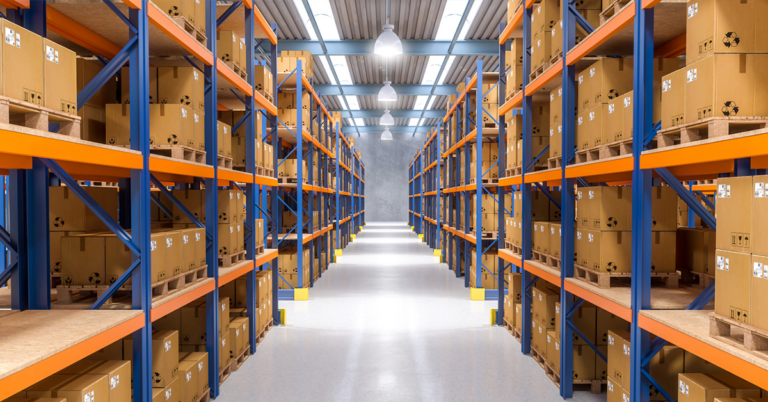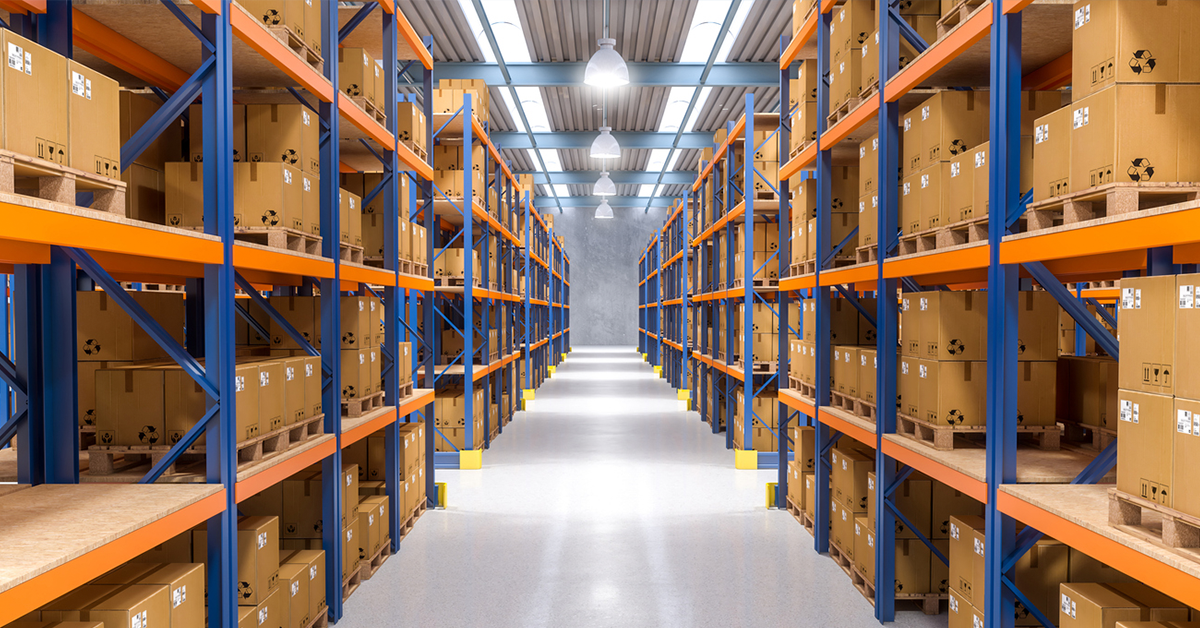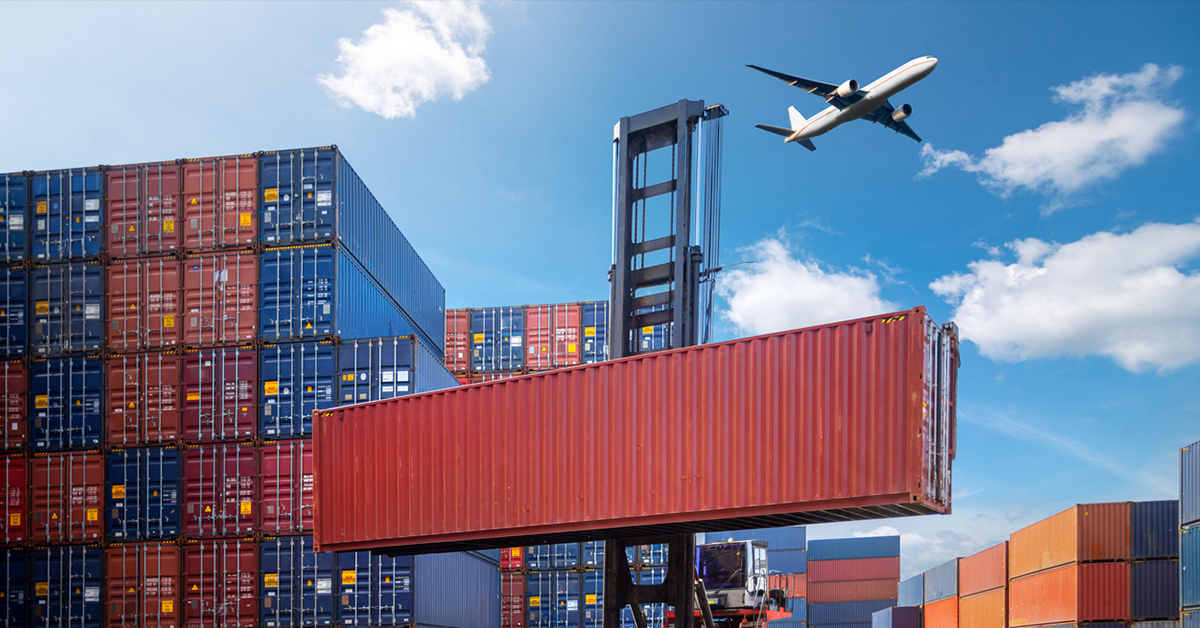After mitigating the disruptions caused by the COVID-19 pandemic, businesses in the supply chain are now being faced with inflation, high diesel prices, and worker shortages. The number of disruptions impacting the supply chain will continue to grow unless businesses future-proof their supply chains with the latest tips and tricks. Here are the best practices in mitigating supply chain risks, supply chain crisis management, and supply chain optimization with advice from some of the industry’s top experts and analysts.
Mitigating Supply Chain Risks
Engineer flexible supply networks
Engineering flexible supply networks will help reduce the chances of disruption as “Bain analysis shows that companies with resilient supply chains grow faster because they can move rapidly to meet customers’ needs when market demand shifts. They increase their perfect order rate by 20% to 40% and customer satisfaction by as much as 30%. Importantly, flexible supply chains cut costs and improve cash flow, in part through a 10% to 40% increase in inventory turns.”— Olaf Schatteman, Drew Woodhouse, and Joe Terino, Supply Chain Lessons from Covid-19: Time to Refocus on Resilience.
Implement a supply chain test
There are two main components in a supply chain test – time to recover (TTR) and time to survive (TTS). Time to recover refers to how long a specific part in the supply chain (supplier facility, distribution warehouse, transportation center) can restart its entire operations after a disruption. Time to survive quantifies the maximum amount of time a supply chain can meet supply with demand while a facility disruption is occurring. By quantifying the financial burden of these disruptions, businesses can future-proof their business.
Supply Chain Crisis Management
In times of a supply chain crisis, manual data management is not an efficient course of action. Automating procedures such as data refreshes and cross-checking provide more effective data management because it’s faster and more precise. Machine learning or artificial intelligence not only helps businesses mitigate a supply chain crisis but also prevents disruptions altogether by identifying trends in data that humans cannot.
Install a control tower leveraging AI and machine learning
According to Supply Chain Game Changer, “by creating an ecosystem [that] focuses on transparency, companies can have visibility into the order to reduce the risk of potential issues as well as gain data on how to manage orders better. The [finest in digitally enhanced Control Towers] uses AI and serves as a system of engagement across trading partners, and orchestrates companies, people and things to work together in real-time to serve the end consumer.” However, it can be difficult for businesses to have complete visibility and transparency into all parts of their supply chain, affecting their ability to identify the root cause of a disruption. By using AI and machine learning to implement a control tower, businesses will be able to predict and avoid disruptions.
Supply Chain Optimization
Install supplier scorecards
In order to maintain the quality of products, there must be a strong manufacturer-supplier relationship composed of communication, collaboration, and transparency. A supplier scorecard enables communication by establishing responsibilities and expectations. Supplier scorecards are beneficial tools because the data they provide enables businesses to increase their ROI while decreasing risks.
Leverage technology to optimize your supply chain
Technology can be utilized in many parts of the supply chain to streamline processes, improve collaboration and visibility, and mitigate risks.
- Mobile barcoding technology is a way companies can automate the exchange of data between handheld devices. This form of technology advances visibility and traceability into a product’s lifecycle. In fact, Supply & Demand Chain Executive found that “by utilizing a combination of barcode software, mobile hardware, and mobile applications, supply chains can see real-time visibility and 99.5% or higher inventory accuracy”.
- Leveraging online inventory is another way businesses can optimize their supply chain because it enables them to maintain the traceability of raw materials, parts, and finished goods. With the right online inventory software, businesses can predict and meet future customer demand.
- Order visibility technology is another tool businesses can use to improve their order fulfillment process. With real-time data on the number of items packaged and deliveries completed, organizations can keep better track of their items and prevent errors from occurring.
Reap the Rewards of Digital Logistics Technology With Turvo
Innovative logistics technology and analytics can impact every aspect and component of the modern supply chain network, making it important to choose the right partner. With Turvo’s leading Collaborative TMS application for the supply chain, you can effectively optimize all parts of your supply chain. Turvo connects people and organizations, allowing shippers, logistics providers, and carriers to unite their supply chains, deliver outstanding customer experiences, collaborate in real-time, and accelerate growth. The technology unifies all systems, internal and external, providing one end-to-end solution to execute all operations and analytics while eliminating redundant manual tasks and automating business processes. Turvo’s customers include some of the world’s most considerable Fortune 500 logistics service providers, shippers, and freight brokers. Turvo is based in the San Francisco Bay Area with offices in Dallas, Texas, and Hyderabad, India.









